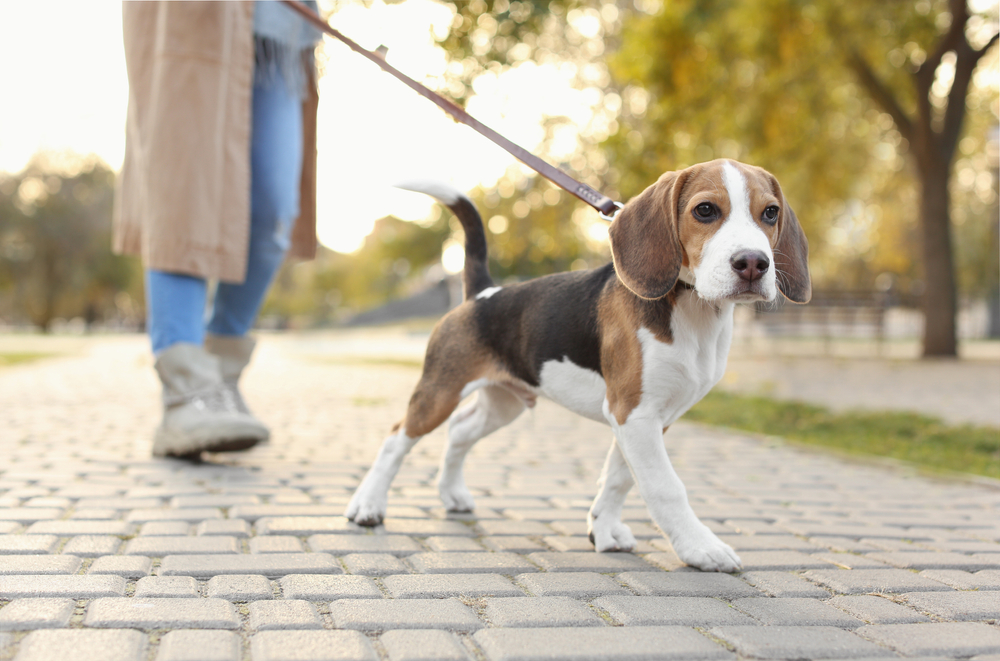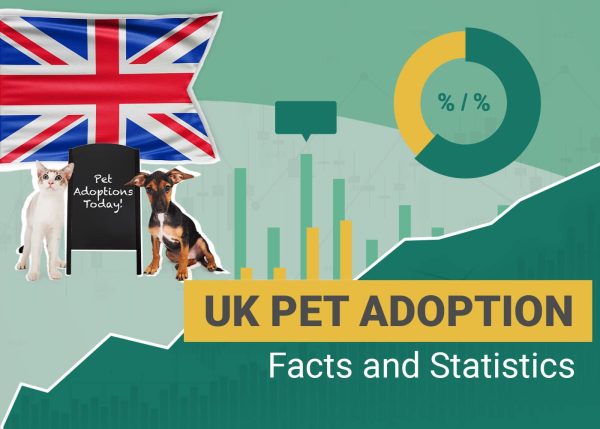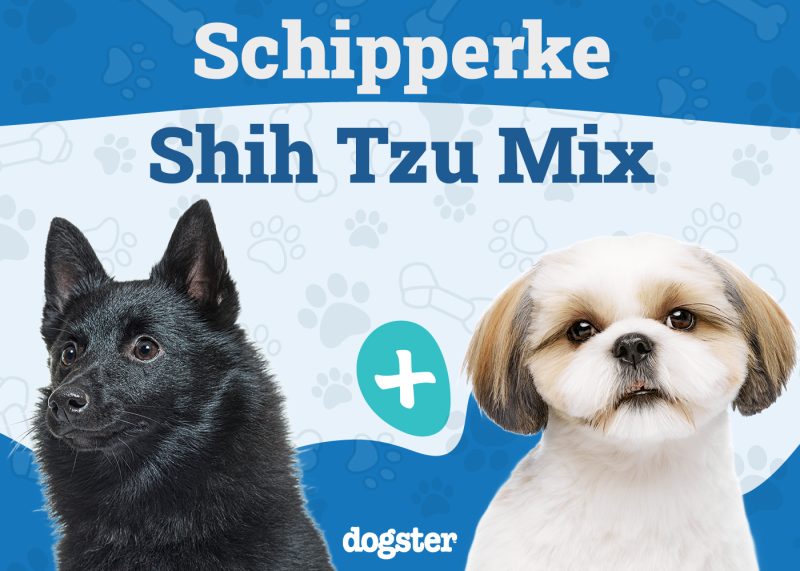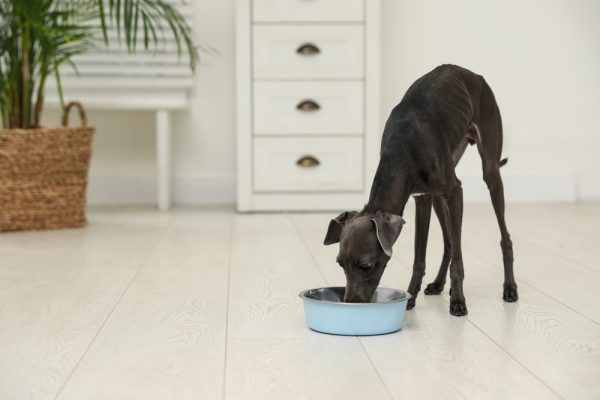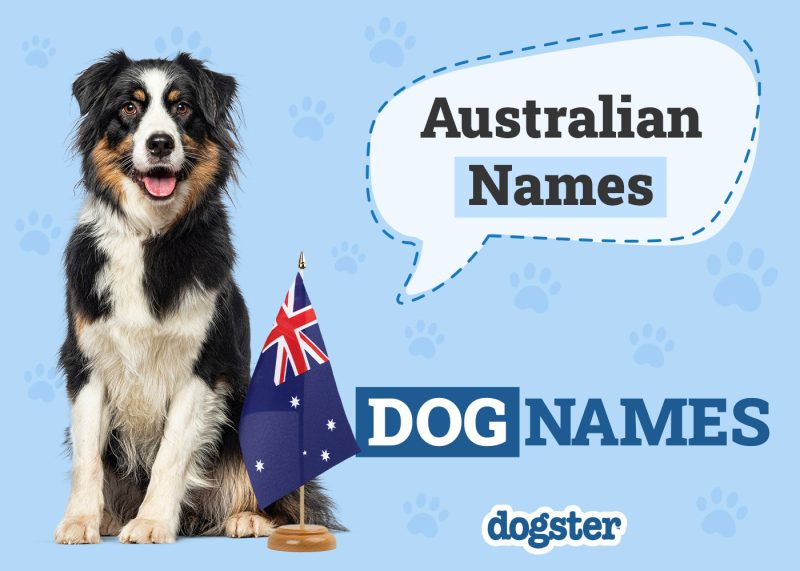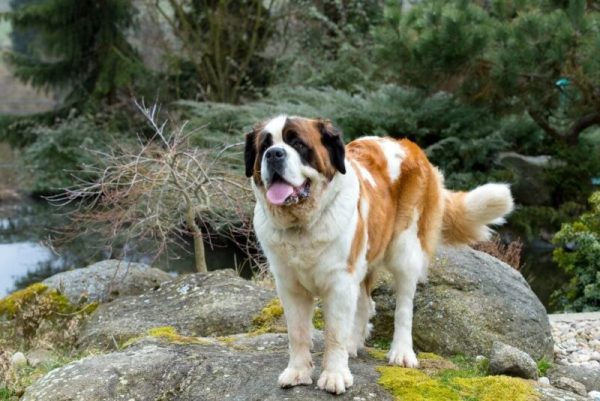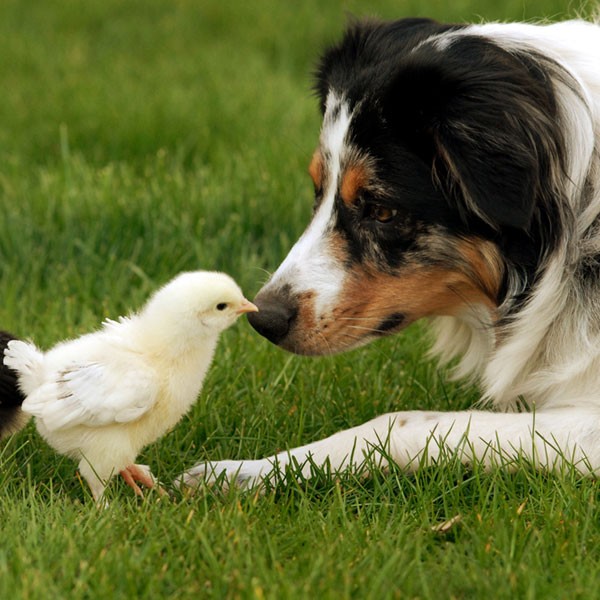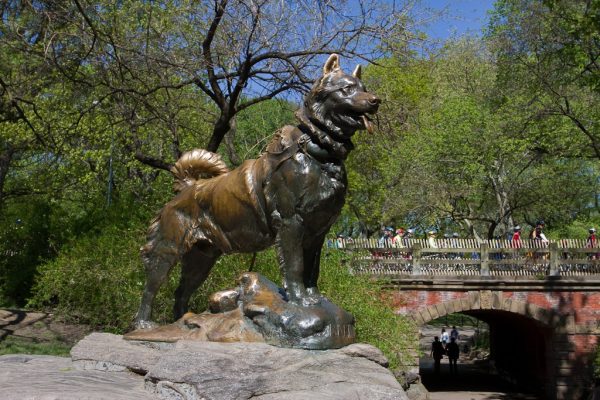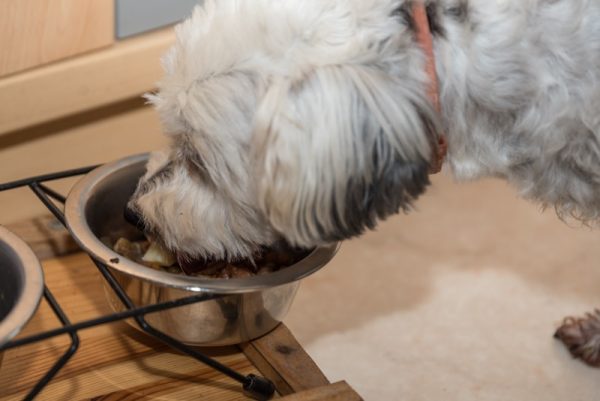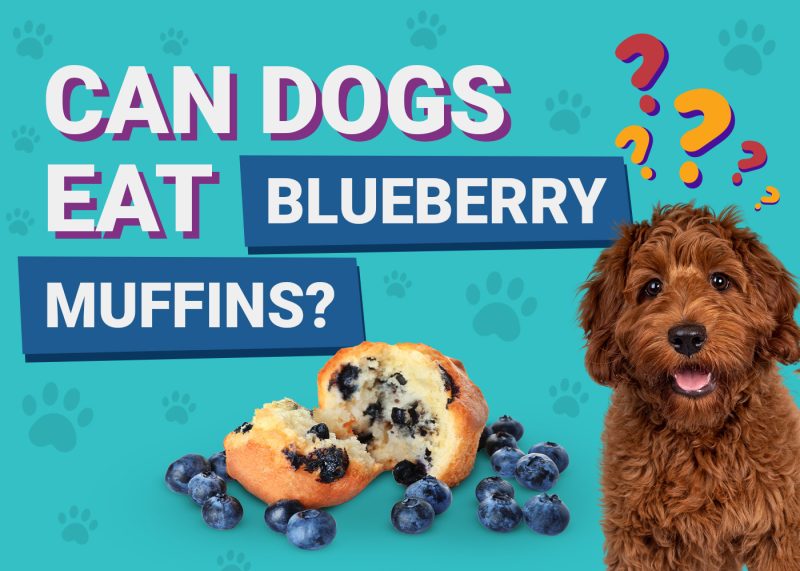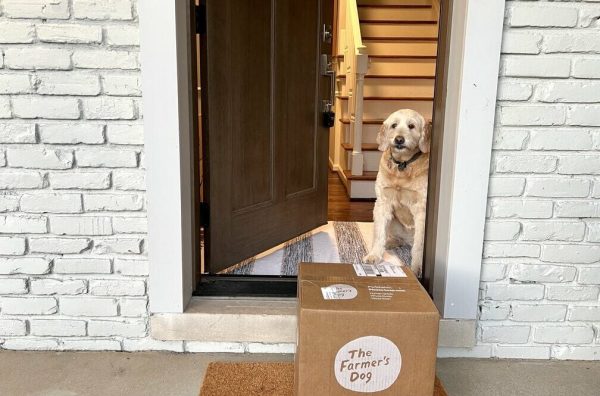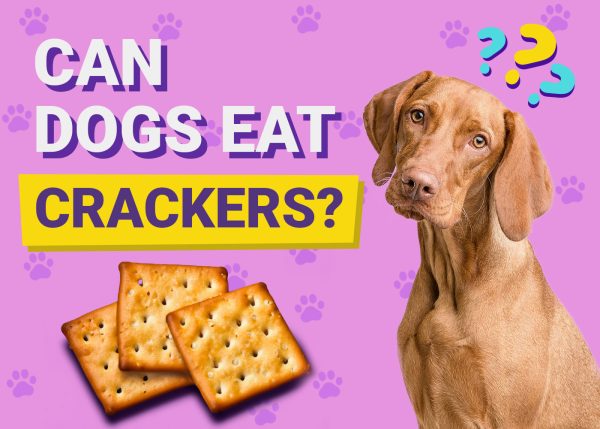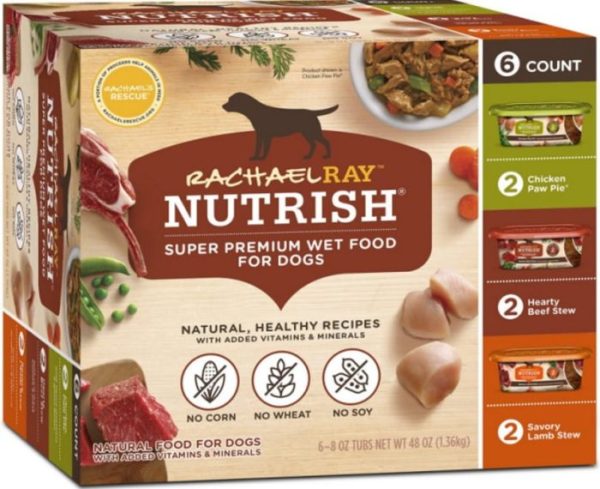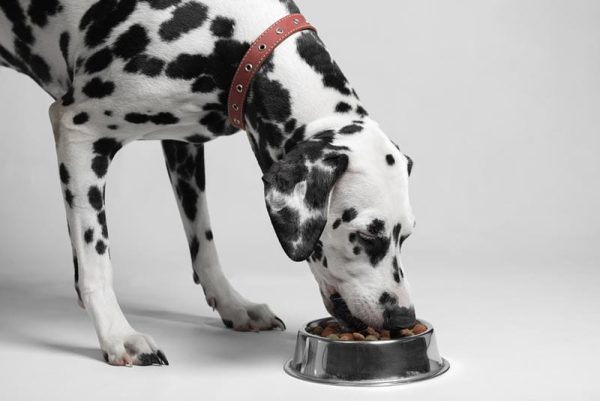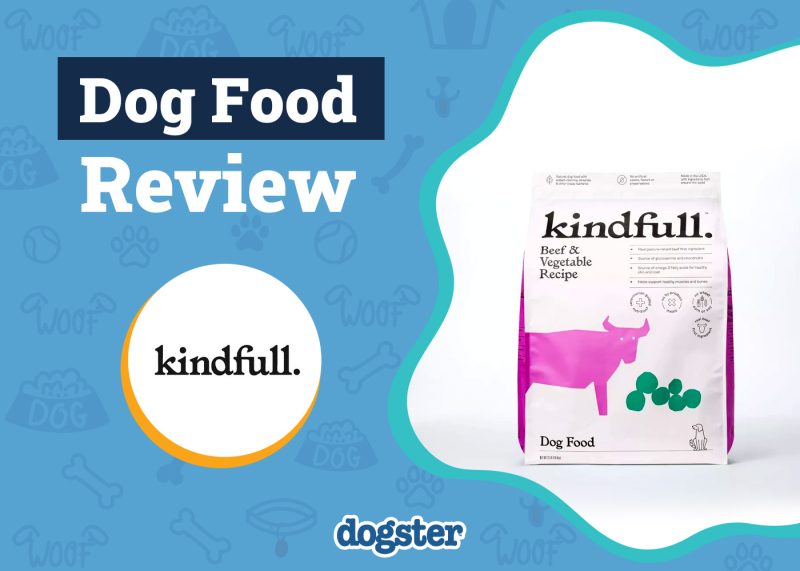If you’re a new puppy owner, you’re probably looking forward to a relaxing stroll with your new companion as they explore the world. But what if your puppy spends the walk trying to eat everything in sight? That relaxing stroll suddenly turns into a harrowing full-time job!
Generally, puppies try to eat everything because they’re curious, teething, or playful. They explore the world with their mouths, often taking things in to taste or inspect them. Teething also creates discomfort that may be relieved by the pup chewing on things, or they simply want to play with the object! Occasionally, they may be suffering from a medical issue, such as a nutritional deficiency. Keep reading to learn how to stop your puppy from eating everything on walks.

The 5 Tips to Prevent Your Puppy Eating Everything on Walks
1. Consult Your Veterinarian
Before you conclude that your puppy’s wild appetite is a developmental or behavioral problem, you’ll want to rule out any medical issues by having your puppy checked by your veterinarian. Eating non-edible objects is a behavior called pica. It can be a sign of digestive problems like parasites or nutritional deficiencies or malabsorption syndrome, when nutrients aren’t properly absorbed.
Pica can also be a behavioral response caused by boredom, anxiety, stress, or compulsion. Your vet will be able to determine if your puppy needs medical treatment before you move on to the other suggestions on this list.
If you need to speak with a vet but can't get to one, head over to PangoVet. It's our online service where you can talk to a vet online and get the advice you need for your pet — all at an affordable price!
2. Provide Safe Chew Toys
Give your puppy a better way to satisfy their urge to chew and eat by providing them safe alternatives to random objects they find on walks. Let your pup have a good chew session before heading outside to soothe their sore gums if they’re teething.
You can carry a chew toy along on the walk and offer it to your pup if you spot them looking too interested in something they’ve found along the way.
3. Distract Your Puppy
Pay close attention to your puppy during your walks and guide them away from garbage and other inedible objects. You can easily turn this into a training session by giving your pup a command, such as “sit” or “come” to distract them. Walking your puppy is not the time to be distracted by your phone or conversations with a friend.

4. Feed Them the Right Diet
Feeding your puppy quality food can ensure that they don’t need to look elsewhere to fill their nutritional needs.
Your vet can help you choose a healthy brand and tell you how much your dog should eat. Puppies should eat a diet formulated to meet their growing and developing bodies’ unique needs. For example, they typically require more protein and fat to fuel growth than adult dogs.
5. Teach Your Puppy to Drop Items on Command
Even if you’re extra vigilant, your puppy can still grab an inedible item off the ground before you can stop them. Teach your pet the “leave it” or “drop it” command to prevent them from swallowing the item.
An excellent way to accomplish this is to show your dog a toy or treat they love while giving the command. When your puppy drops the foreign item to grab the safe object, praise and reward them. With patience, your puppy will learn that dropping a foreign item gets them something tasty instead.
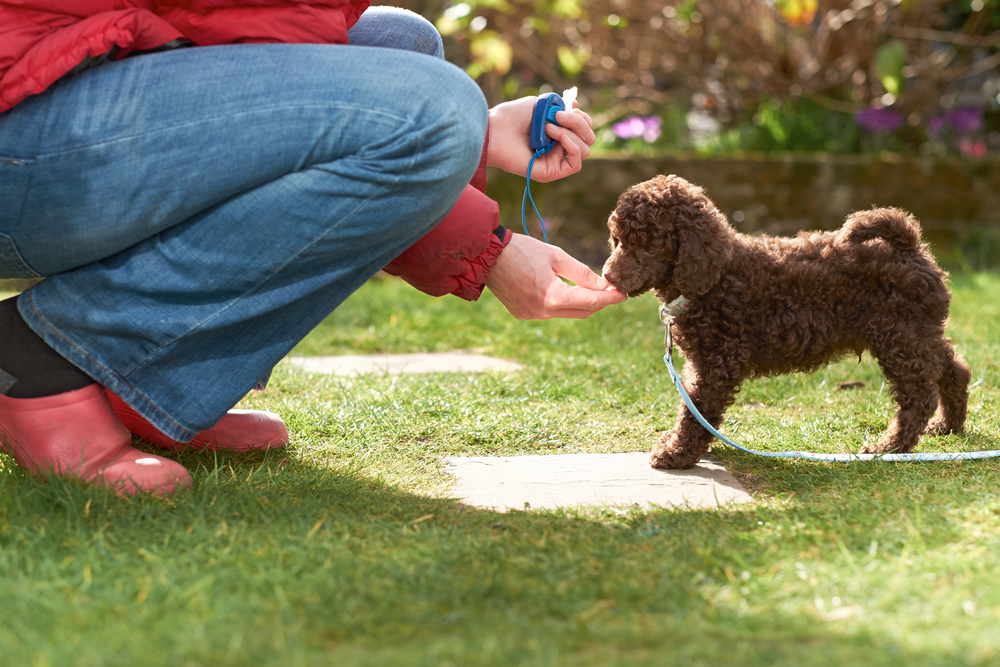

My Puppy Ate Something They Shouldn’t, Now What?
If you see your puppy eat something that they shouldn’t have, contact your veterinarian as soon as possible. Depending on what they ate and how long ago it occurred, your vet may use medications to make them throw up. Never try to make your puppy vomit at home.
If your puppy eats something that they shouldn’t have without you knowing, it could become stuck in their digestive tract. Watch for signs of an obstruction, including:
- Coughing or hacking
- Vomiting
- Lethargy
- Loss of appetite
- Abdominal pain
Your puppy might also eat a toxic substance while on a walk. The signs of toxicity vary depending on what is ingested. You should talk to your veterinarian if you notice any abnormal behavior or concerning signs in your puppy after a walk.

In Conclusion
Generally, it’s normal for puppies to use their mouths to explore the world. Unfortunately, that often means they try to eat things that they shouldn’t, with potentially harmful results. However, you can follow the tips in this article to keep your puppy safe and turn your daily walk back into a time for bonding and exercise rather than a source of stress.
Featured Image Credit: New Africa, Shutterstock
